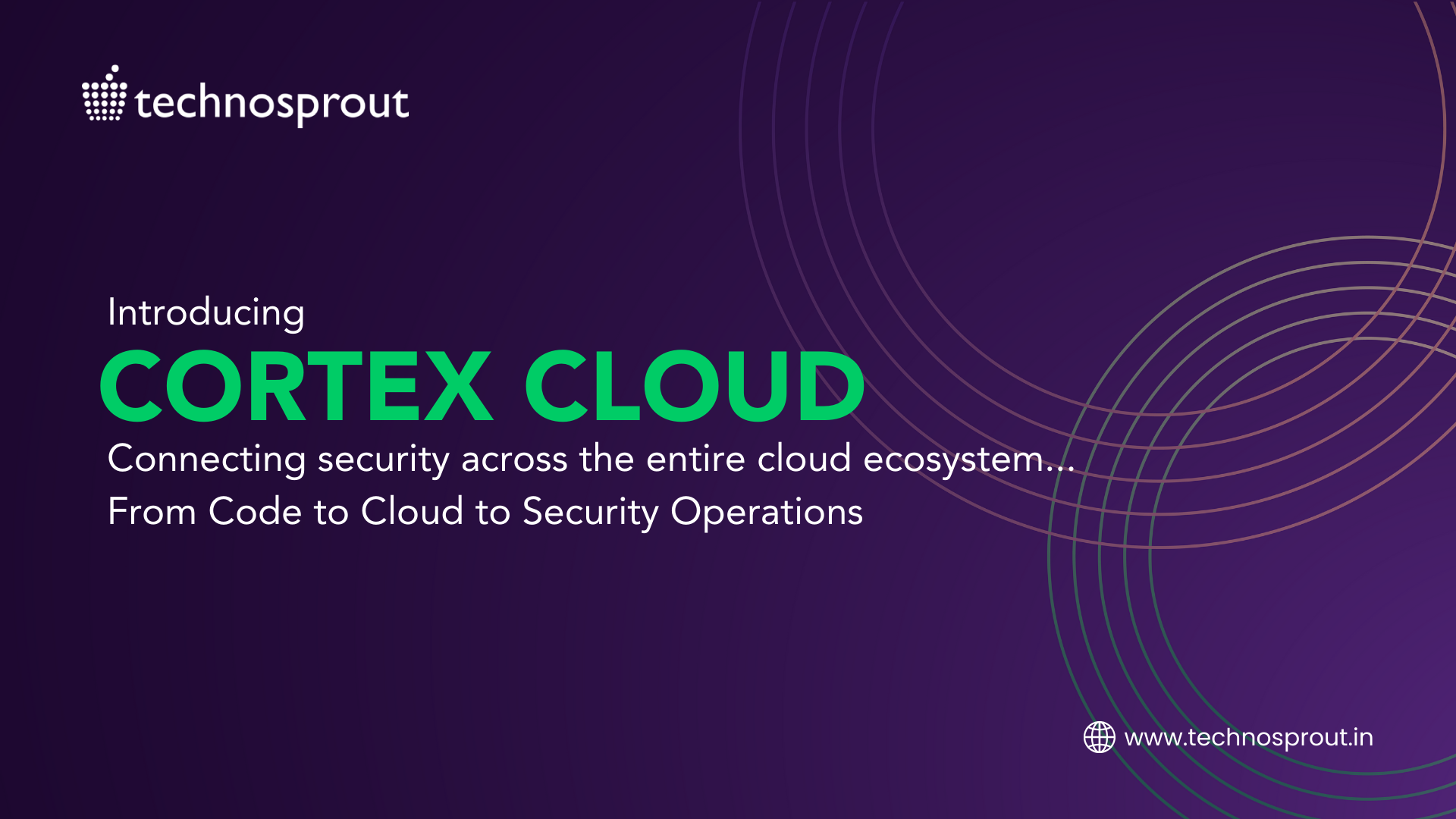In today’s cloud-native world, applications are at the core of business innovation. However, securing these applications has become increasingly complex, with microservices, APIs, containers, and virtual machines (VMs) distributed across hybrid and multi-cloud environments. Traditional security models, focused primarily on infrastructure, often fall short in these dynamic environments.
This is where an application centric approach to cloud security becomes critical. It shifts the security focus from individual assets to the broader context of applications—how they interact, the risks they pose, and the business value they carry. With tools like Prisma Cloud and its AppDNA capability, organizations gain deep visibility into cloud applications and actionable insights to better manage risks.
The Shift to Application Centric Approach to Cloud Security
With organizations deploying dozens, if not hundreds, of cloud-based applications, security teams face the challenge of managing risks across multiple environments. The traditional infrastructure-centric security approach struggles to answer critical questions like:
- Which applications are critical to business operations?
- What risks threaten these applications, and who owns them?
- How do cloud components (containers, serverless functions, APIs) contribute to these risks?
An application-centric approach ensures that security is tightly integrated with the application lifecycle, from development through deployment to operations. It enables teams to align security priorities with the criticality of applications, improving threat detection, risk prioritization, and incident response.
Challenges of Securing Cloud Applications Without Context
- Poor Visibility into Applications
Security teams often don’t have a clear picture of which applications are deployed in the cloud, who owns them, or which cloud resources support them. This lack of visibility increases the chances of critical risks being overlooked. - Alert Fatigue and Prioritization Challenges
When security alerts flood in, it becomes difficult to determine which ones truly impact business-critical applications. A critical alert affecting an internal analytics tool may not require the same urgency as an alert involving a customer-facing application handling sensitive data. - Manual Processes Leading to Delays
Without context, security teams spend time manually correlating cloud assets to applications using tools like CMDBs (Configuration Management Databases). This time-consuming process delays risk remediation and could result in vulnerabilities going unaddressed.
How Prisma Cloud and AppDNA Provide Application-Centric Security
To overcome these challenges, Prisma Cloud offers AppDNA, a powerful capability designed to provide security teams with application-level visibility, risk insights, and actionable data.
1. Application Discovery and Grouping
AppDNA automatically discovers applications in your cloud environments and intelligently maps cloud resources (VMs, containers, APIs, storage) to their associated applications. This eliminates the need for manual tagging and provides a complete view of each application’s boundary.
2. Application Classification and Ownership Mapping
With AppDNA, organizations can answer key questions:
- What applications are running across my cloud environments?
- Which applications are critical to business operations?
- Who owns these applications and their related cloud assets?
This level of insight ensures that ownership and accountability are clear, streamlining communication between security and development teams.

Embedding Risk Context for Faster Response
An application-centric approach doesn’t just identify vulnerabilities—it helps prioritize risks based on the criticality of the affected applications. For example:
- A critical vulnerability in an internal development tool might be deprioritized, while the same issue in a customer-facing application handling sensitive financial data would trigger an immediate response.
- AppDNA enables teams to identify the owners responsible for resolving alerts, eliminating delays caused by hunting through disparate systems.
By overlaying risk insights with application context, AppDNA empowers security teams to focus on what matters most, reducing alert fatigue and improving efficiency.
Best Practices for Implementing Application-Centric Cloud Security
- Micro-Segmentation
Restricting communication between workloads prevents attackers from moving laterally within cloud environments, containing potential breaches. - CI/CD Security Integration (Shift-Left Security)
Integrate security tools into development pipelines to detect and fix vulnerabilities during development. This ensures secure code without slowing down delivery. - API Security and Monitoring
Given that APIs connect critical cloud services, it is essential to secure them with rate limits, access controls, and monitoring for abnormal activity. - Continuous Monitoring and Automated Remediation
Use real-time monitoring to detect threats early and automate remediation processes where possible, minimizing the time to respond.

Key Benefits of an Application-Centric Approach
- Improved Visibility: Gain a comprehensive view of all applications and their supporting resources, ensuring no blind spots.
- Better Risk Prioritization: Prioritize risks based on the business impact of the affected application.

- Faster Incident Response: Identify ownership quickly and streamline hand-offs between teams to accelerate remediation efforts.
- Compliance Made Easier: Align application-level policies with compliance frameworks like GDPR and PCI DSS, reducing audit complexities.
Technosprout + Prisma Cloud: A Winning Partnership
At Technosprout Systems, we specialize in helping organizations secure their cloud environments using the power of Prisma Cloud. Our expertise in implementing application-centric security strategies ensures that you not only gain visibility into your cloud applications but also manage risks with precision.
With AppDNA at the core, Technosprout helps customers identify risks, prioritize alerts, and streamline communication between security and development teams. Whether you’re handling microservices, APIs, or serverless workloads, Technosprout ensures your business can operate securely and efficiently.
Conclusion
In today’s cloud environments, taking an application-centric approach to security ensures that security measures are aligned with your business priorities. By understanding applications and their risks in context, organizations can focus their efforts where they matter most—on the applications driving business growth.
If you’re ready to see how Prisma Cloud can unlock the power of application context in your security operations, connect with Technosprout Systems today for a personalized demo.





